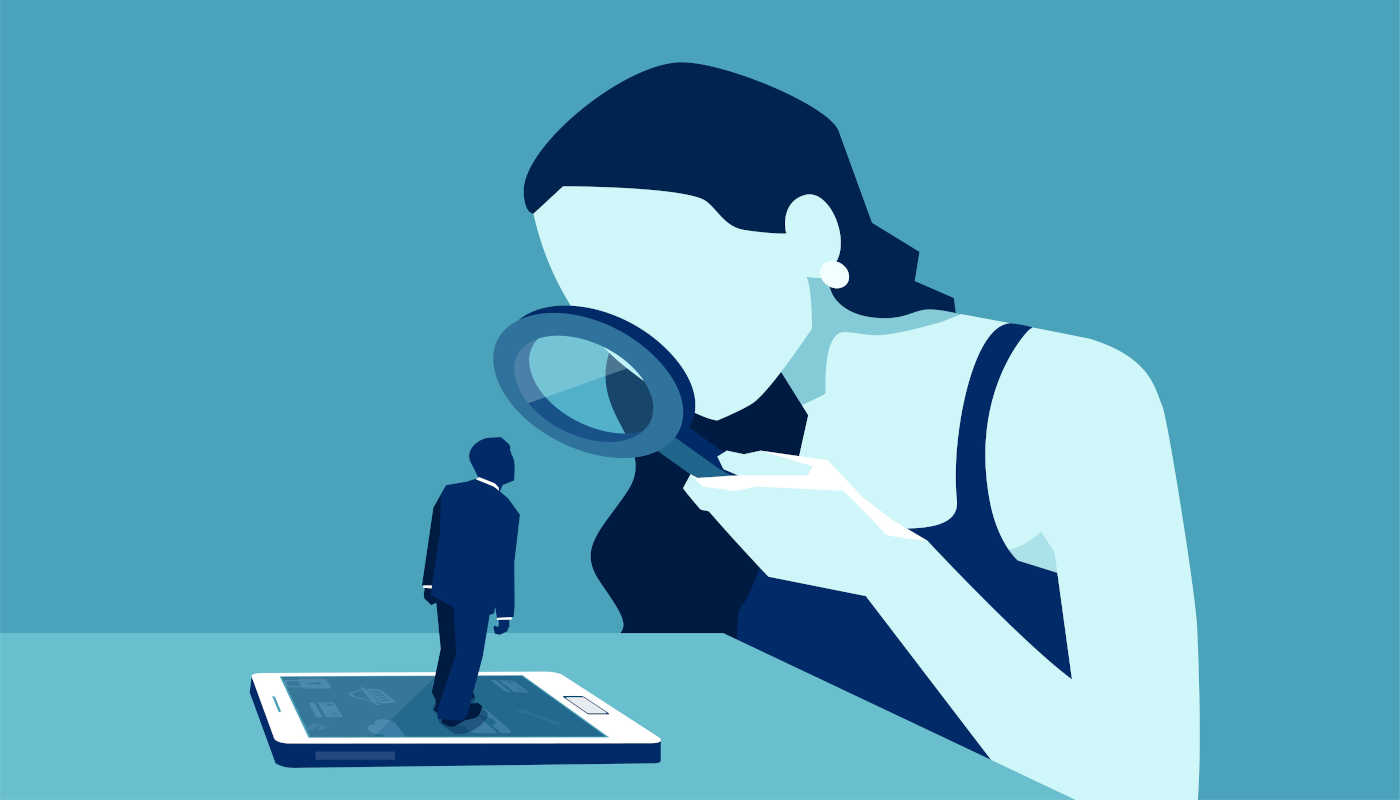
Amid challenges related to staff working from home, risk and compliance teams at trading firms need to up their game when it comes to conducting both trading and communications surveillance. Regulators have grown more vigilant during COVID‐19 as firms face new compliance challenges associated with the work‐from‐home environment, according to analysts at Greenwich Associates.
In September, the Commodity Futures Trading Commission fined JP Morgan Chase $920 million for market manipulation and trade spoofing - the largest fine in the agency's 46‐year history. For its fiscal year 2020, the Commission's Division of Enforcement reported a record‐breaking year, with 113 new actions filed.
And that's just one regulator that's been keeping watch.
According to Danielle Tierney, senior analyst at Greenwich Associates, the solution to the ongoing compliance challenge for trading firms is a holistic approach to surveillance efforts. Firms need surveillance that can quickly and effectively identify trading anomalies, respond to dramatic market shifts, and identify behavioral changes. Tierney said nowadays firms require surveillance that can provide fewer false positives and in particular, successfully cope with work‐from‐home environments.
“The wholesale transfer to working from home has sent communications surveillance into a tailspin,” says Tierney. “By our estimates, two thirds of sizable firms - both buy side and sell side - were not prepared to keep up with the required communications monitoring.”
She expands on this thinking in a report by Greenwich Associates that highlights and analyzes the capabilities of technology platforms that are modernizing the financial sector.
Tierney sees holistic surveillance as an approach that combines trading and communications surveillance alerts, something that traditionally, financial firms have not been able to do technologically. Increasingly, she says, incumbent and new technology providers are able to provide to both sell side and buy side firms.
“Getting to the actual integration of alerts from two very different areas, - structured data on the trade side and unstructured data on the communications side - and being able to marry those two data sets together has been difficult,” says Tierney. Increasingly, she says, platform providers have been shifting to this format.
The key benefit, says Tierney, is a comprehensive view of employee activity, so compliance professionals aren't just seeing the silent signals that come from trading orders and executions. These signals allow the communications monitoring side of the house to more accurately elevate or de-escalate the risk level of alerts received on the trading side.
The report notes that platforms that offer such capabilities or are moving toward that goal include ACA Compliance Group, Bloomberg, Eventus Systems, FIS, Nasdaq, NICE Actimize, OneMarketData, RIMES Technologies, and StreetEye.
For now, full holistic coverage is far from standard and needs to be improved to include surveillance of mobile devices as well as monitoring and analysis of video conferencing. In a work-from-home environment, holistic surveillance platforms are a major asset.
“Two thirds of firms expect remote work to become a permanent change in how people work in financial firms,” Tierney said. “Whether you invest in additional coverage now or later, the need is not going to go away. We are not going back to the way it was in 2019.”
Katherine Heires is a freelance business journalist & founder of MediaKat llc.